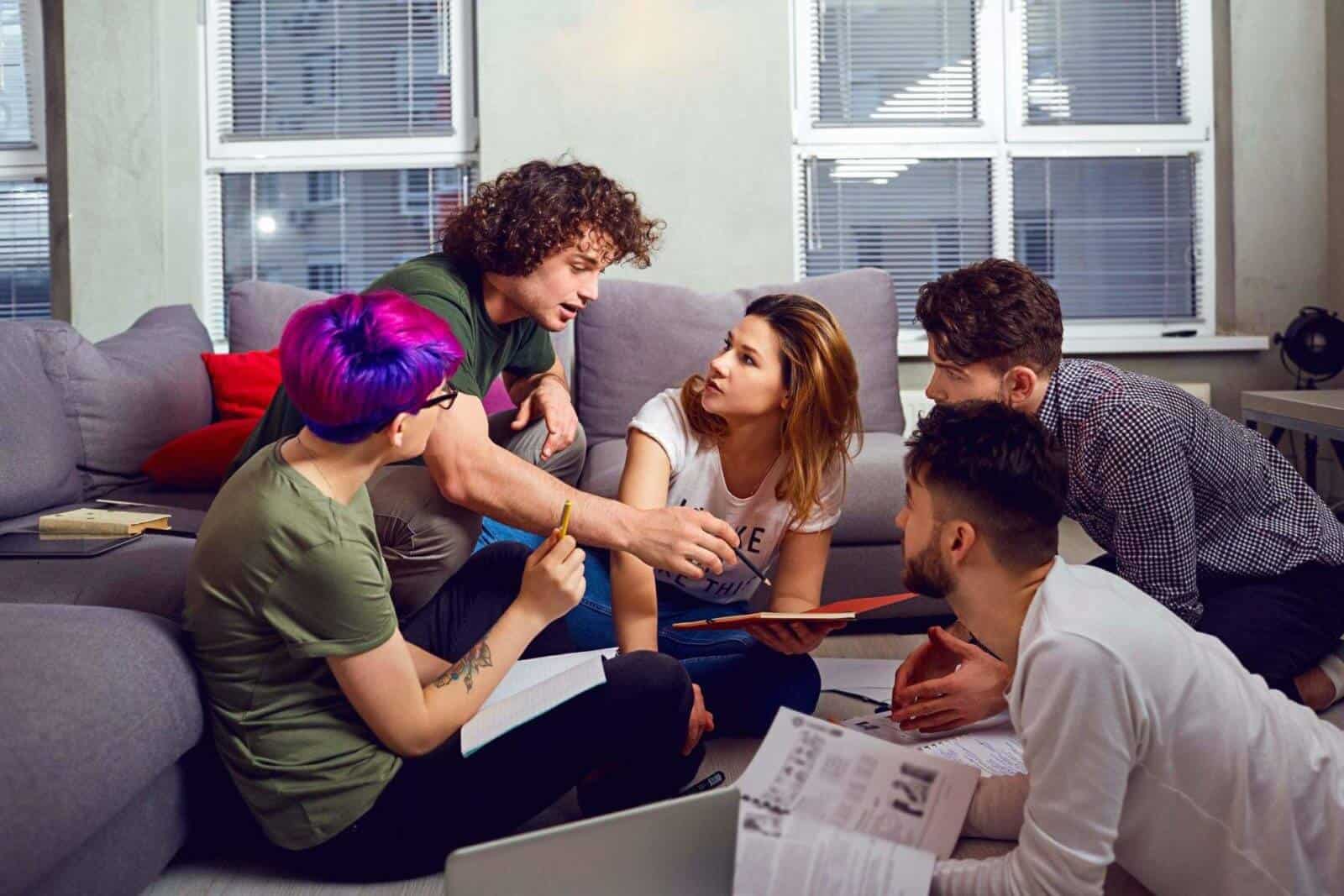Project-Based Learning Can Be Easy – Plan It, Launch It, Do It!

Project-based learning (PBL) is a powerful way to get students truly engaged. Instead of passively absorbing facts, they dive into real-world challenges, learning to think critically and creatively along the way. You don’t need to overhaul your entire program to get started. With a bit of planning and the right approach, project-based learning can be both easy and rewarding — for you and your students.
Let’s explore what PBL is, why it’s worth doing, and five inspiring ways to put it into action in your classroom.
What is project-based learning?
Project-based learning (PBL) is a teaching approach that immerses students in real-world problem-solving. It builds critical thinking, collaboration, and creativity by giving students opportunities to work through practical challenges. PBL focuses on student-driven learning, preparing them for adulthood by nurturing essential life skills.
When students tackle real-life problems, they’re encouraged to think critically and approach challenges with innovative solutions.
Why should you utilise PBL in the classroom?
You might think PBL is new, but it’s been around for a while. Many teachers simply haven’t explored its full potential. It’s an amazing way to connect learning to the real world. Here’s why PBL deserves a place in your classroom:
Lifelong learning – PBL teaches students to take charge of their learning, which is the first step towards becoming lifelong learners.
Engagement – Real-world projects naturally engage students. They become active participants in their learning journey, working on tasks that involve both their minds and hearts.
Key life skills – With PBL, students learn responsibility, teamwork, and communication. They’ll use these skills in college, careers, and life.
Creativity – PBL ignites creativity by presenting students with meaningful challenges. They learn to think outside the box, applying concepts to real-world situations.
Ongoing progress – PBL lets teachers monitor progress throughout the process, not just at the end of a project.
Project-based learning establishes a deeper understanding of concepts. Real-world scenarios presented in the project are much more able to draw the attention of the student. They capture student creativity to incite the required level of thinking. Which enables the student to apply new information in a problem-solving setting.
These benefits are just the tip of the iceberg. For more, check out the Buck Institute’s Research Summary on the Benefits of PBL.
What does project-based learning look like in action?
There are a lot of benefits in executing a project-based learning model. We’ve listed the five best ways to implement PBL in your teaching. If you’re ready to embrace PBL, here are five inspiring examples to get started:
1 – Visit a Zoo
Imagine a science-based project where students visit a zoo to learn about animal habitats. They research, debate, and design a habitat proposal for a chosen animal. Presenting their findings to classmates and professionals strengthens their collaboration and critical thinking skills.
2 – Explore censorship
Combine social studies and English by asking students: What role does censorship play in society? Students can choose a banned book, write a persuasive essay, and participate in a mock trial. This integrates critical thinking with creativity and teamwork.
3 – Protect wildlife with forensic techniques
High Tech High in California uses DNA barcoding in biology to help students learn about forensic methods. One project involved safeguarding African wildlife, with students sharing their findings in Tanzania.
4 – Integrate Technology
In this example, students studying soil bacteria created multimedia pamphlets with guidance from microbiologists and cartoonists. They shared their work with local universities, garden centres, and flower shops—an excellent blend of creativity and practical application.
5 – Build a water wheel
At Ferryway School, Massachusetts, 5th graders explored engineering and history by creating water wheels. After studying the technology and visiting a historic ironworks site, they gained hands-on experience in solving real-world problems.
To Wrap Up
John Larmer, Editor-in-Chief of the Buck Institute for Education PBL Blog, highlights how project-based learning can truly transform education. It makes learning meaningful, relevant, and engaging for students — and more enjoyable for you too. At the end of the day, our goal as teachers is to spark a love of learning that lasts a lifetime. Project-based learning helps students bridge the gap between classroom concepts and real-world applications, giving them the confidence and skills to thrive beyond school.
And remember, you don’t have to dive in all at once. Start small. Pick one idea. Try it out. You might be surprised how naturally it all comes together.
